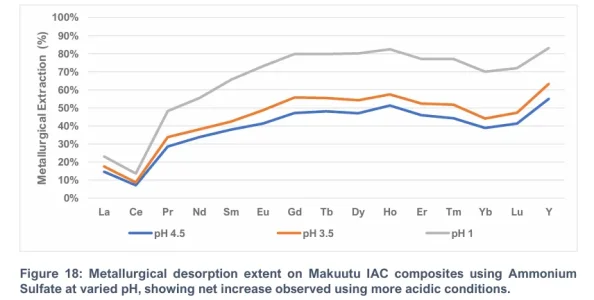Hi John – I agree, the newest drill results at Sulista West are indeed world-class. However, when it comes to hard-rock REE deposits, BRE redefined what world-class means with the discovery of Monte Alto. The latest Sulista drilling results compare very favorably to Mountain Pass and Mt. Weld, the only producing western hard-rock deposits. The grade and composition of mineralization that BRE has discovered in Bahia presents hard-rock’s most compelling challenge to global IAC dominance (particularly with regard to DyTb whose production is entirely confined to the ionic clays of South-East Asia).
The bull case for BRE, as well as the main question, has been that the Rocha da Rocha province contains more Monte Altos – that their peerless mineralization with its evergreen margins possesses the scale to truly dominate western REE supply.
What these most recent drilling results indicate is exactly that – Monte Alto was not an anomaly, but rather part of a consistent trend in a larger anomalous region. Drilling at Sulista returned multiple high-grade intercepts including 20.4m at 11.8% TREO (from 18m), 12m at 12.5% TREO (from 33m) and 5.5m at 10.7% TREO (from 128m). The composition and grade of these cores closely resembles Monte Alto with NdPr and DyTb in excess of 25,000 ppm and 1000 ppm respectively. This is BRE making good on their promise to find more of the REE-Nb-Sc-Ta-U mineralization.
Moreover, Sulista West is just the tip of the iceberg. Sulista East, North, and the Outcrop Ridge discovery are equally prospective. Every drill, every surface sample, seems to rhyme with Monte Alto. It appears that drilling in Sulista is far from over, setting aside what remains to be discovered at Pele and Velinhas. BRE will continue to drill for years to come, and this is a good thing. They’ve not only proven that there is much more to find in the immense Rocha da Rocha, but also that they can find it. Their “exploration pathfinder” model, involving surface sampling, radiometric reconnaissance, and auger drilling, is poised to accelerate the exploration timeline and contract what would otherwise be a dauntingly large province.
